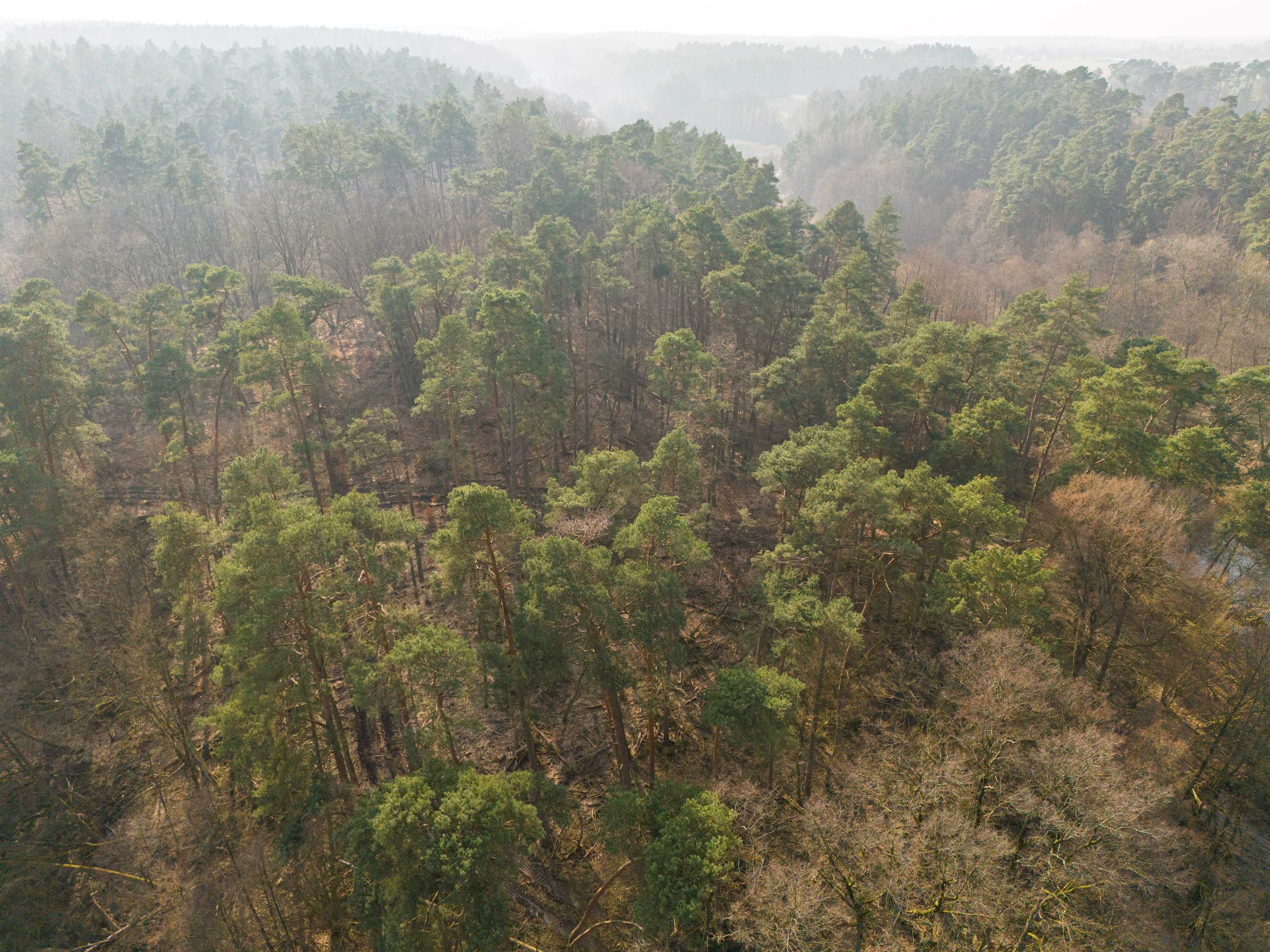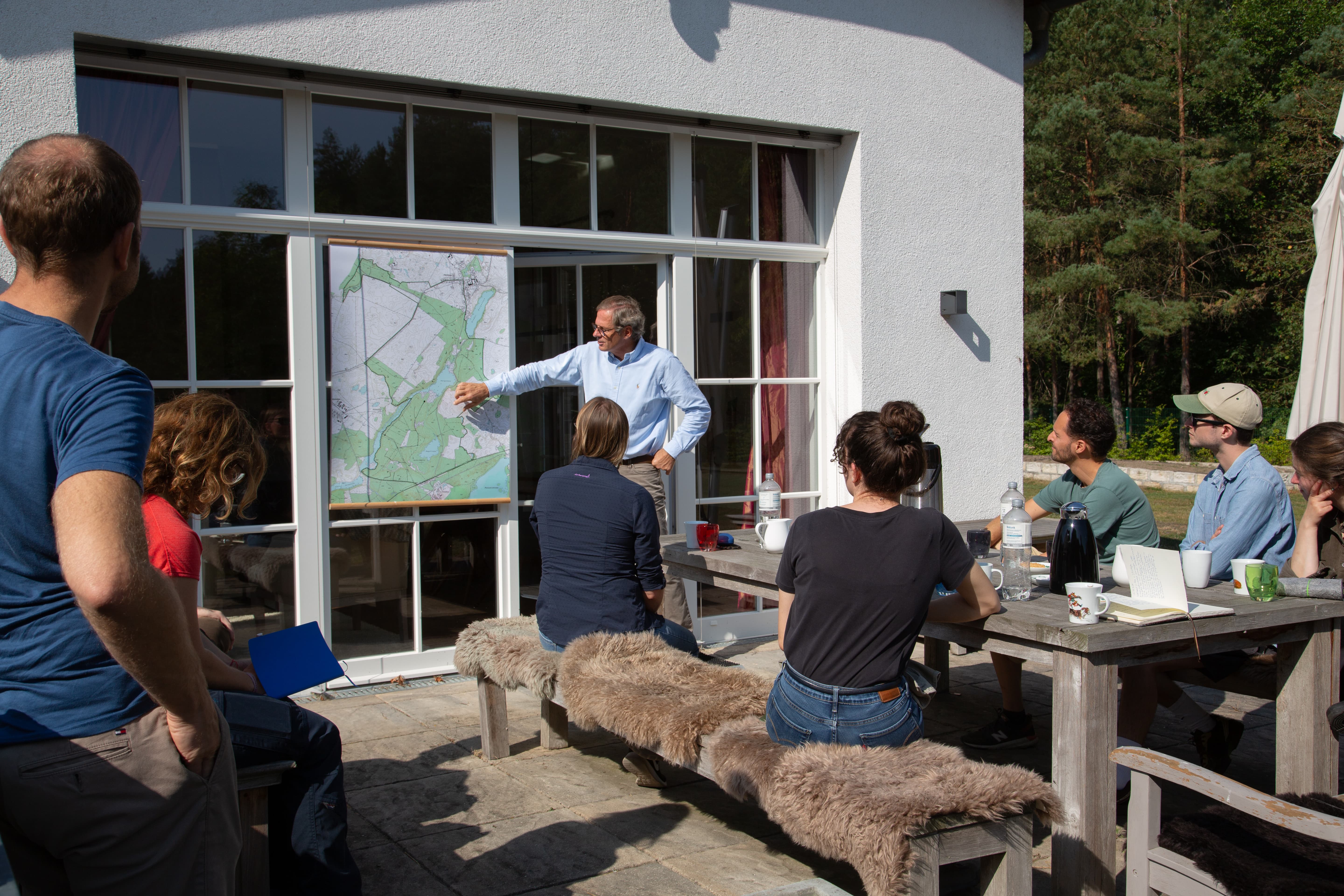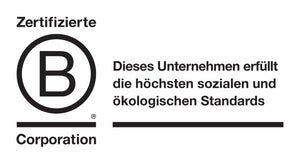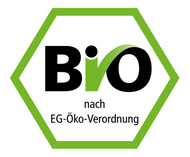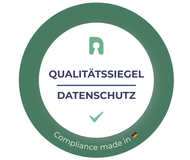Due to the effects of climate change, more than half a million hectares of forest in Germany have died since 2018 – four out of five trees are at risk. How can forest conversion help meet these challenges, and what does forest conversion even mean? While many forests in Germany are still characterized by monocultures of pine or spruce, forest conversion is about transforming these vulnerable stands into resilient, climate-adapted mixed forests. This not only increases biodiversity, but also protects the soil, stores CO₂, and makes forests more resilient to storms, droughts, and pests.
The Gut Herzfelde forest area in the Uckermark region, north of Templin, is one of the forests we are converting together with our partners Pina Earth and myclimate . Imagine an area the size of 14 football fields – that's exactly how much forest is being sustainably converted here through our contribution in Herzfelde. That's almost 10 hectares! Instead of pure pine forests, a species-rich mixed forest will be created here, with 80% deciduous trees. Native tree species such as hornbeam, small-leaved linden, maple, and wild cherry will be planted, which are better adapted to drought conditions and provide more habitat for animals.
In addition to planting new trees, accompanying measures such as preserving deadwood, professional hunting management, fencing, and controlling competing vegetation ensure the forest's long-term, stable development. This also preserves habitats for rare species and creates protected areas for species such as the black stork, sea eagle, beaver, and otter. Over the course of 30 years, these measures will drive the transformation of the area into a diverse and species-rich forest. By the end of the project, over 20 tree species will be established throughout the project area.

